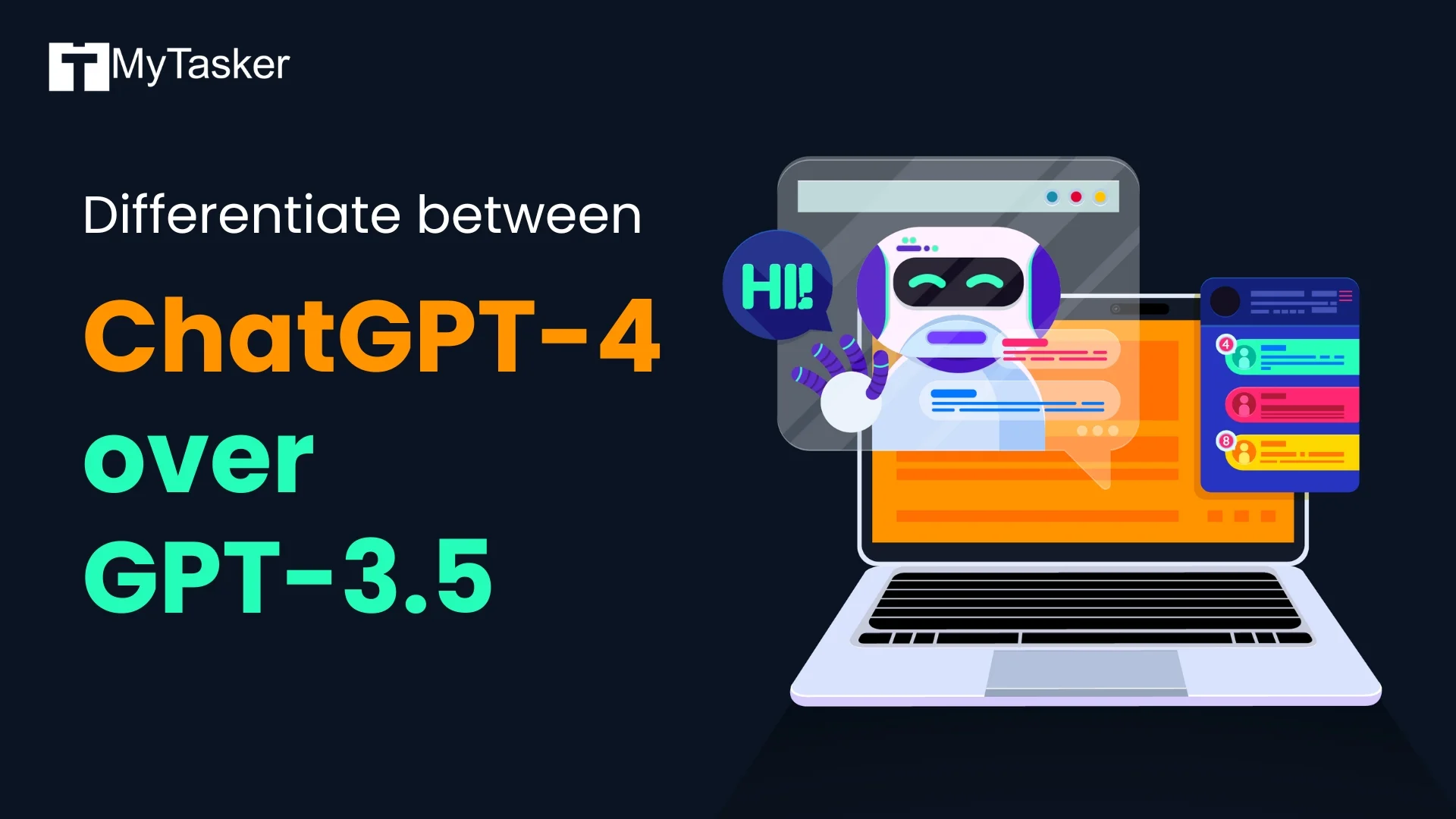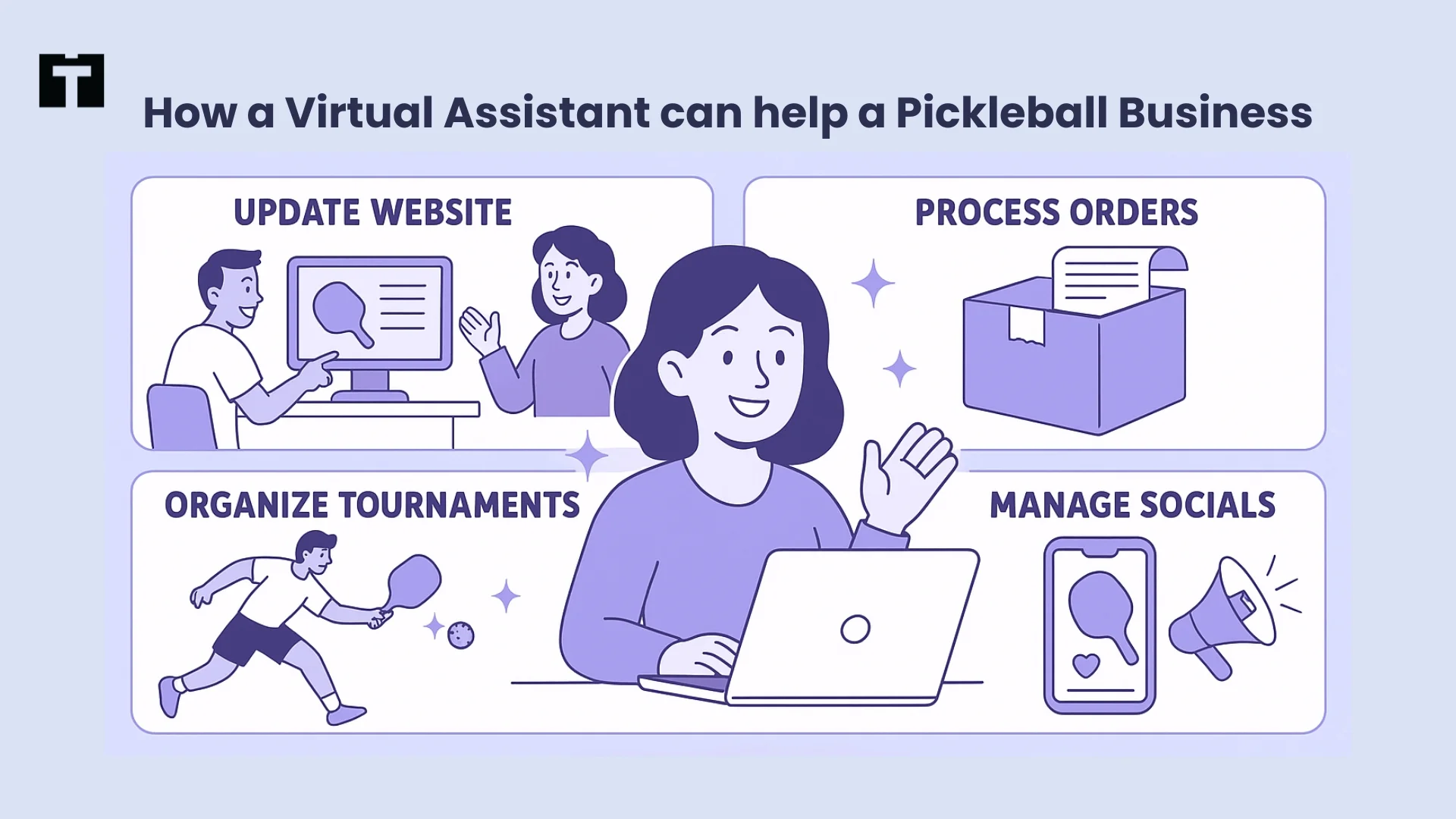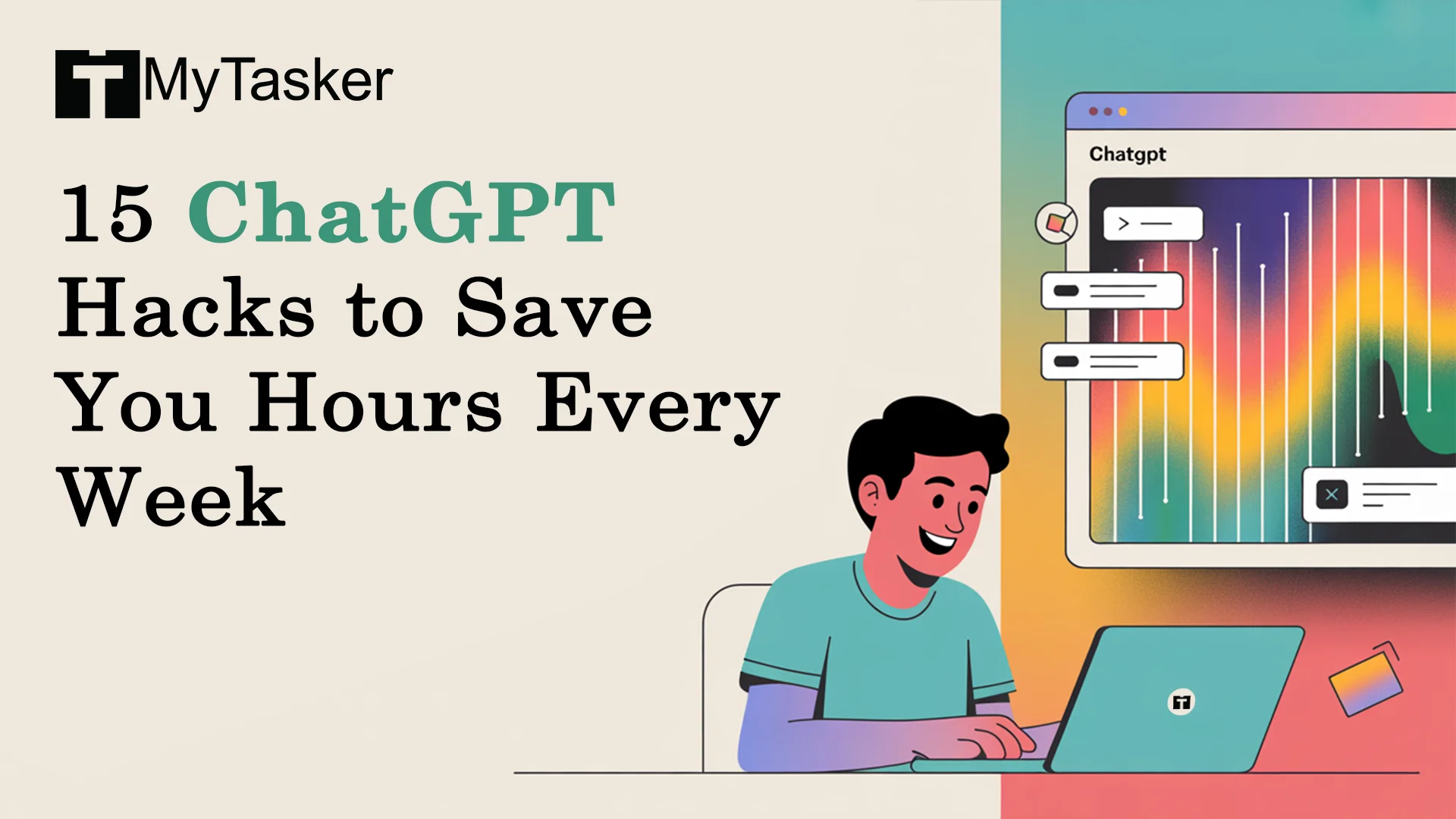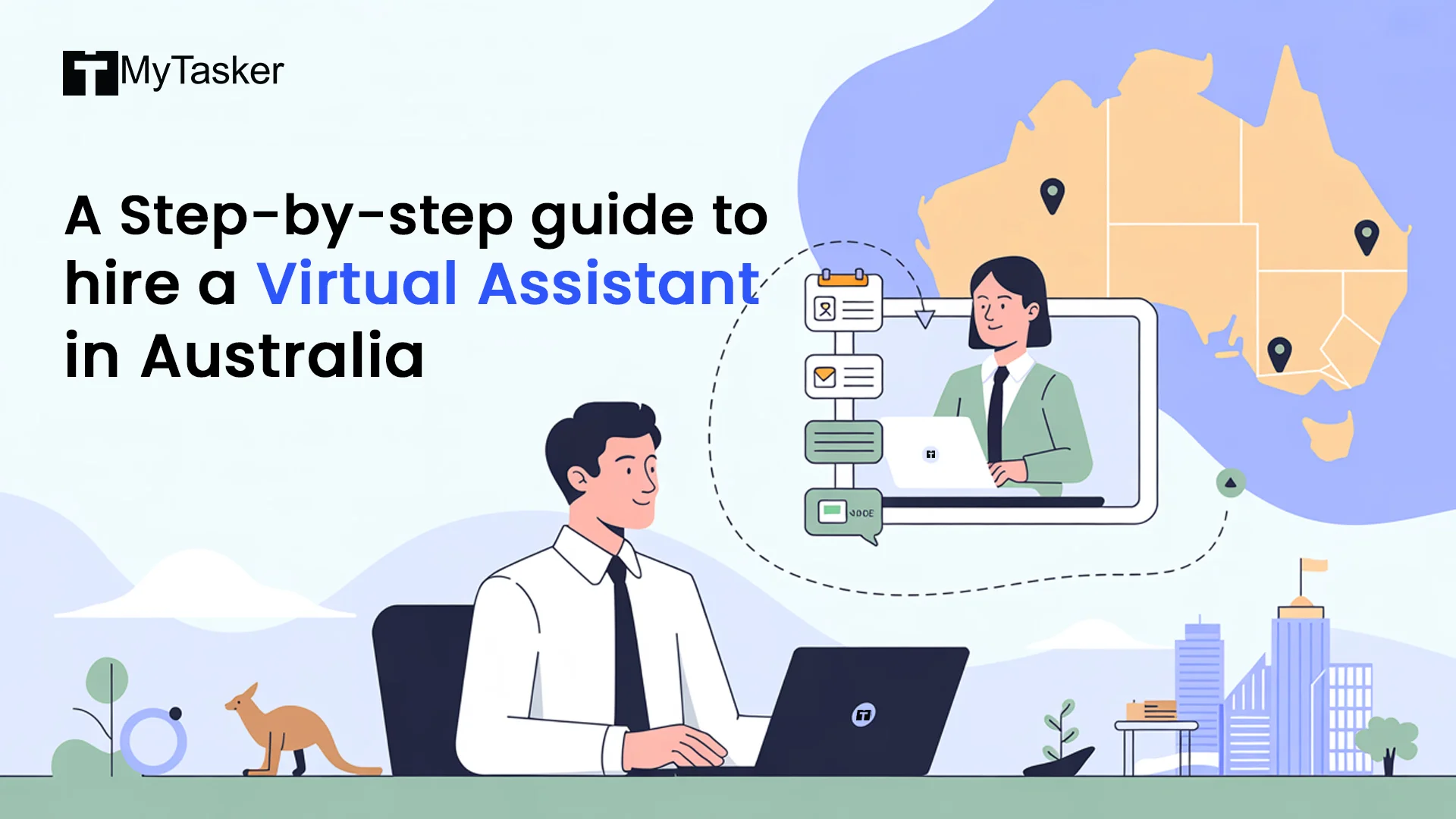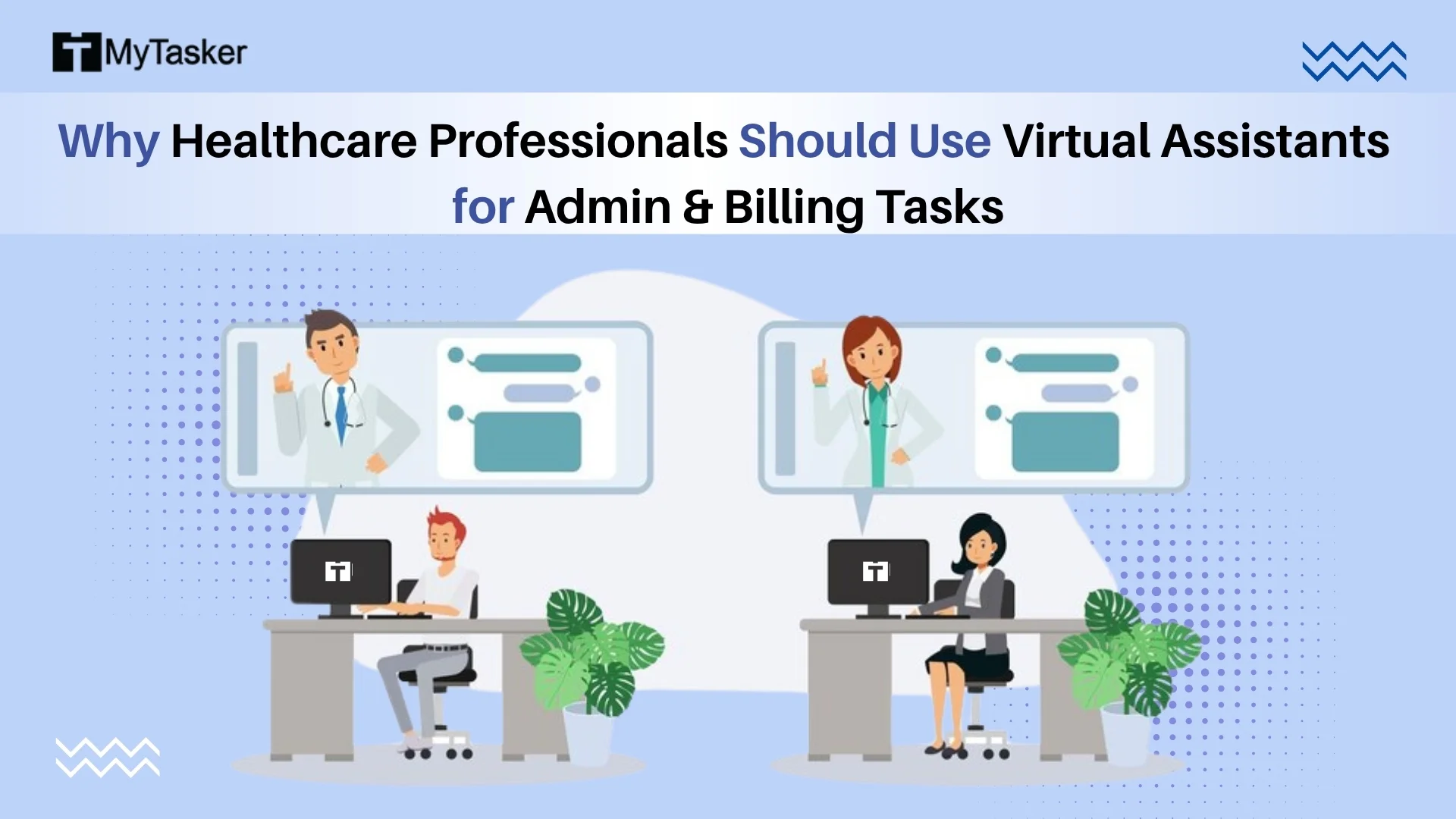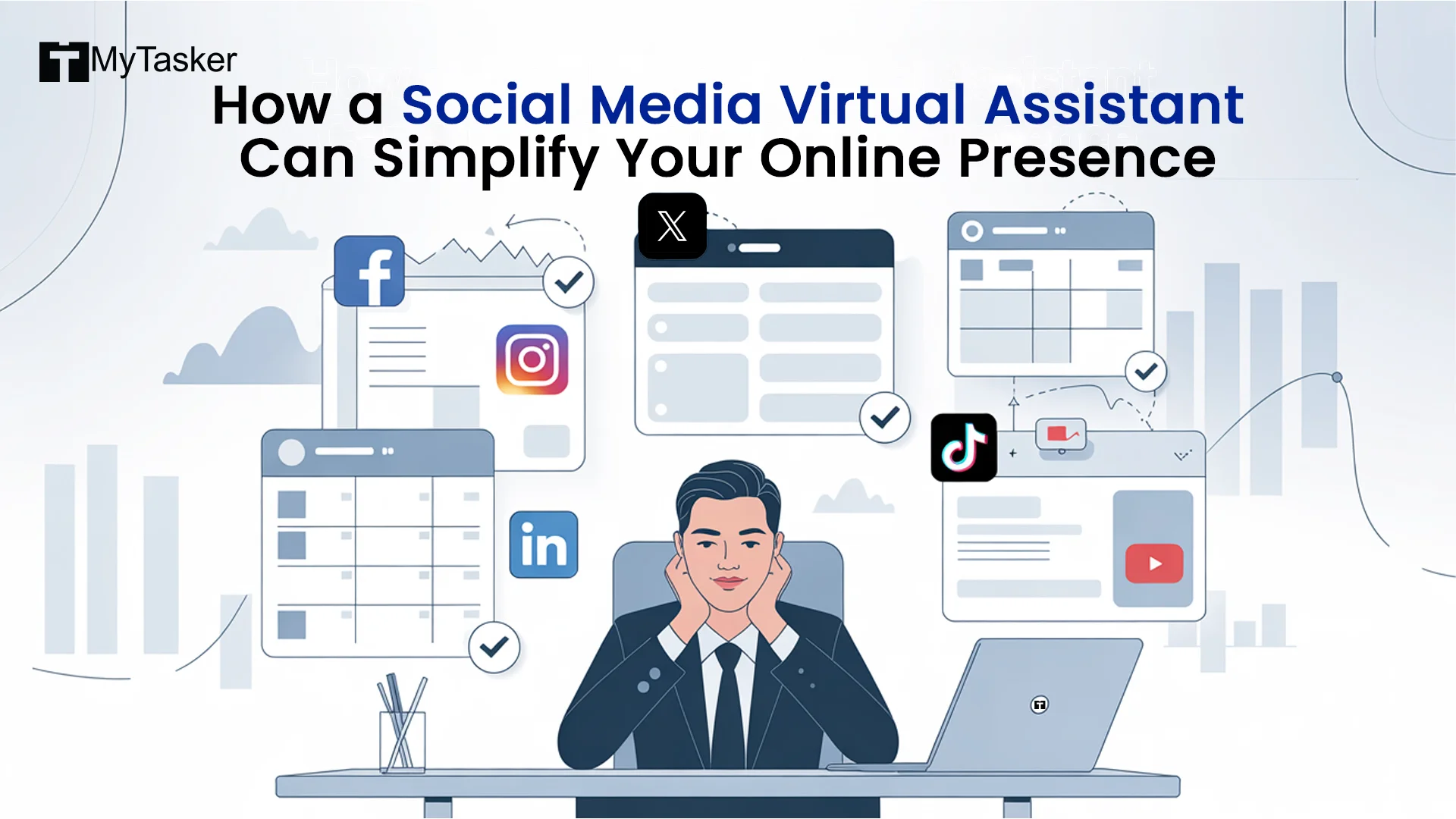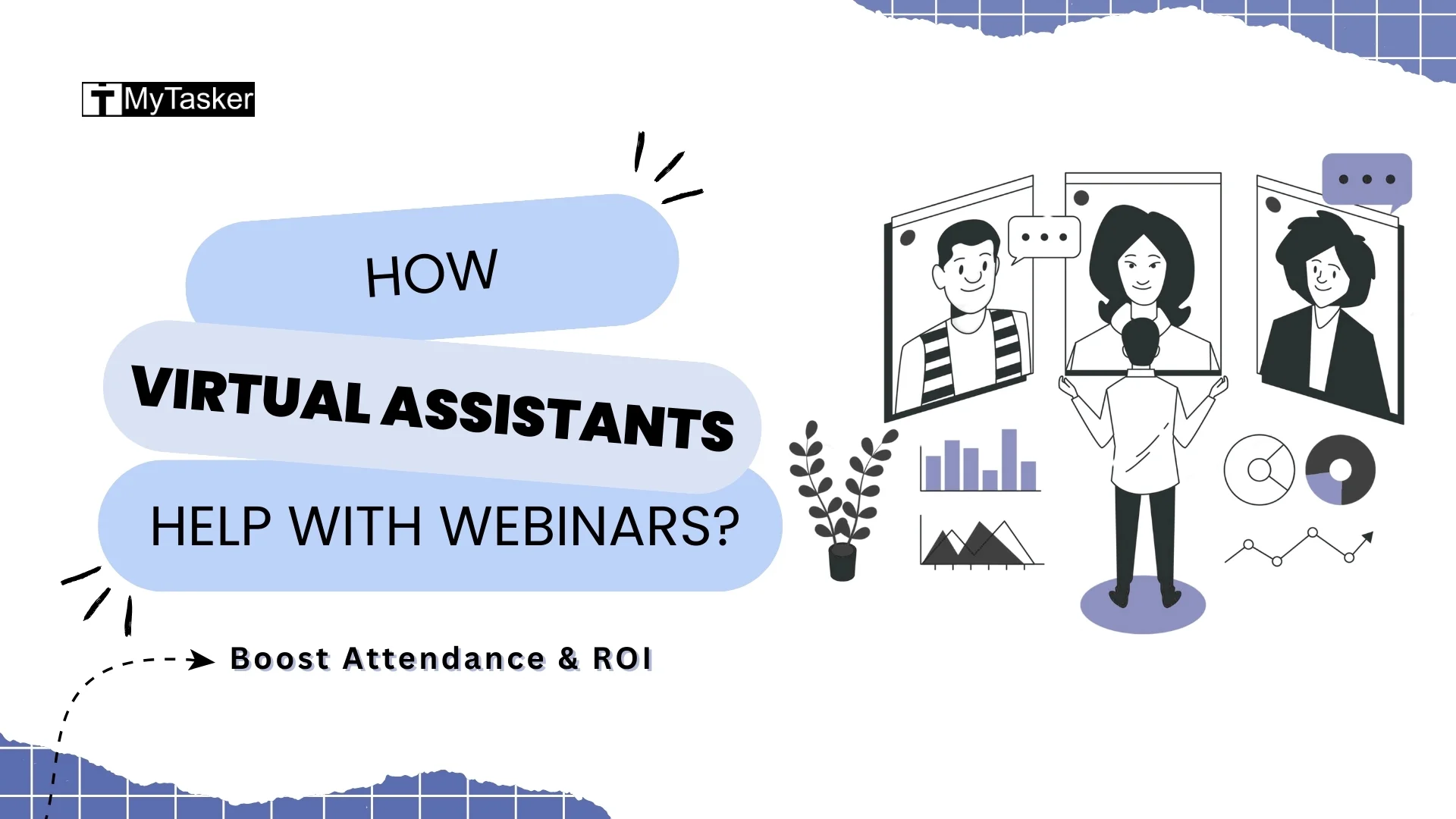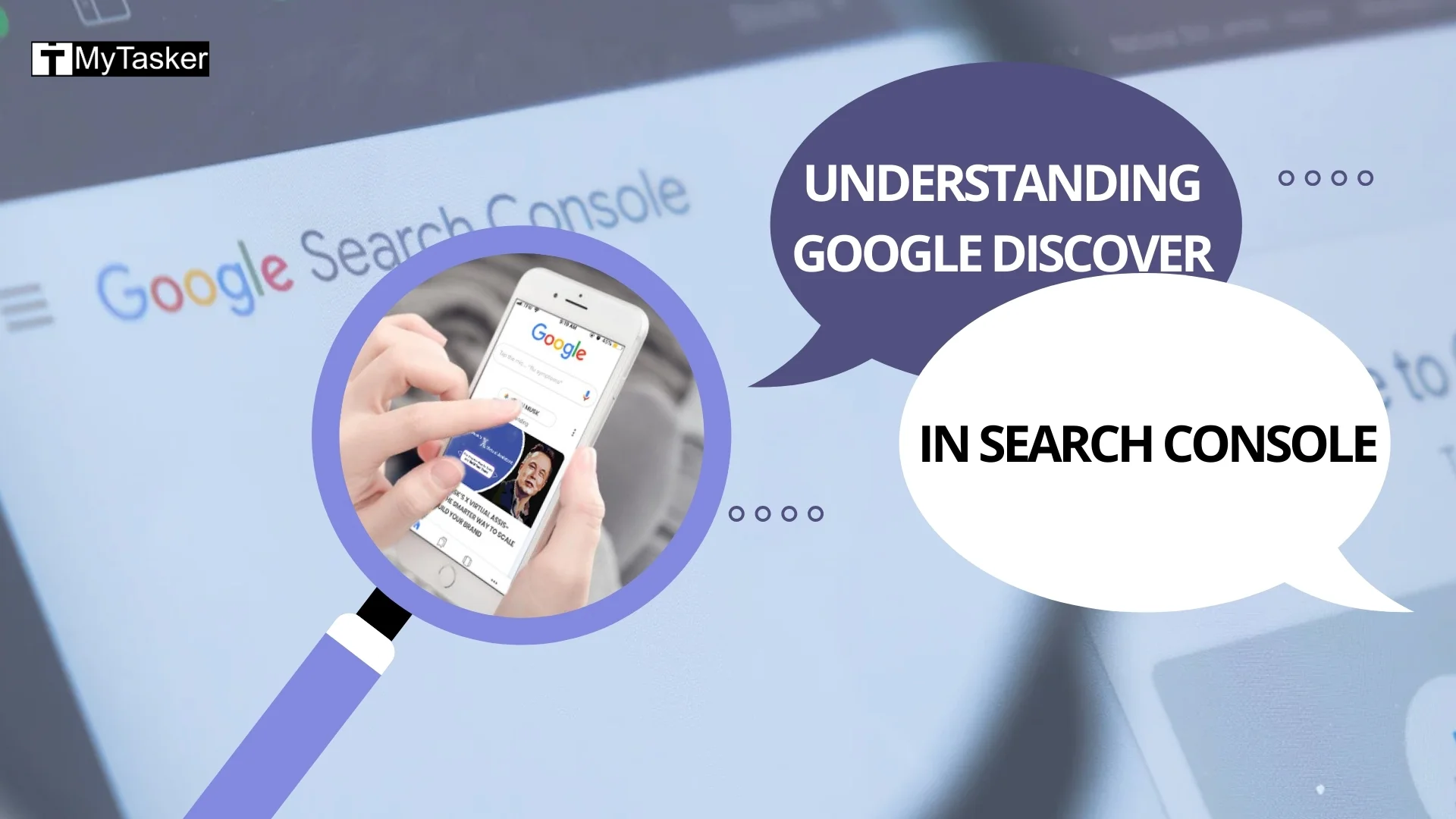Want to know about ChatGPT and how the latest versions have improved? ChatGPT from OpenAI is a powerful AI that generates human-like responses within a few seconds. This article covers the main changes from ChatGPT 3.5 to GPT-4 and their use cases.
Highlights
-
GPT-4 has many improvements over GPT-3.5 including better language understanding, and multimodal and short-term memory, so more coherent and complex conversations. These advancements are driven by generative artificial intelligence, which enhances its ability to perform language understanding and generation tasks.
-
ChatGPT-4 has use cases in accessibility, finance, and language learning and can transform user experience in different industries.
-
Getting access to GPT-4 is easier through multiple platforms and has a subscription model with extra benefits but GPT-4 is way more expensive than GPT-3.5.
What is ChatGPT, a large language model?

ChatGPT is an AI app from OpenAI that allows you to interact with a large language model through natural language generation (NLG). How amazing ChatGPT was perceived by users during its rapid growth and the release of GPT-4 cannot be overstated. It’s designed to generate human-like responses, and it uses machine learning and deep learning to understand and generate natural language. Since it was released on November 30, 2022, it has gained 1 million users in just 5 days.
The fast adoption of ChatGPT shows how we will interact with AI in the future. ChatGPT is a game changer in the AI space, whether for content creation, task assistance, or conversational companion.
From GPT-3.5 to GPT-4
The jump from GPT-3.5 to GPT-4 is a big step up for AI large language models. GPT-4 has better performance in natural language understanding, so it can handle more complex questions. This is visible in its ability to understand and generate multiple dialects and more language processing. With GPT-4, contextual understanding is better than with longer conversations, which is one of the biggest limitations of the previous version, GPT-3.5.
One of the biggest changes is the shift from text-to-text model to data-to-text model. This means GPT-4 can process more types of data inputs and generate more accurate and contextually relevant responses. This is not just theoretical; ChatGPT-4 is already being used in healthcare, education, and customer service to improve efficiency and interaction.
The difference in training data between ChatGPT and GPT-3.5 is also being looked into to provide more context. As we get into the nitty gritty of these models, it’s clear the improvements from GPT-3.5 to GPT-4 are big.
ChatGPT-4 Features: Generative Artificial Intelligence
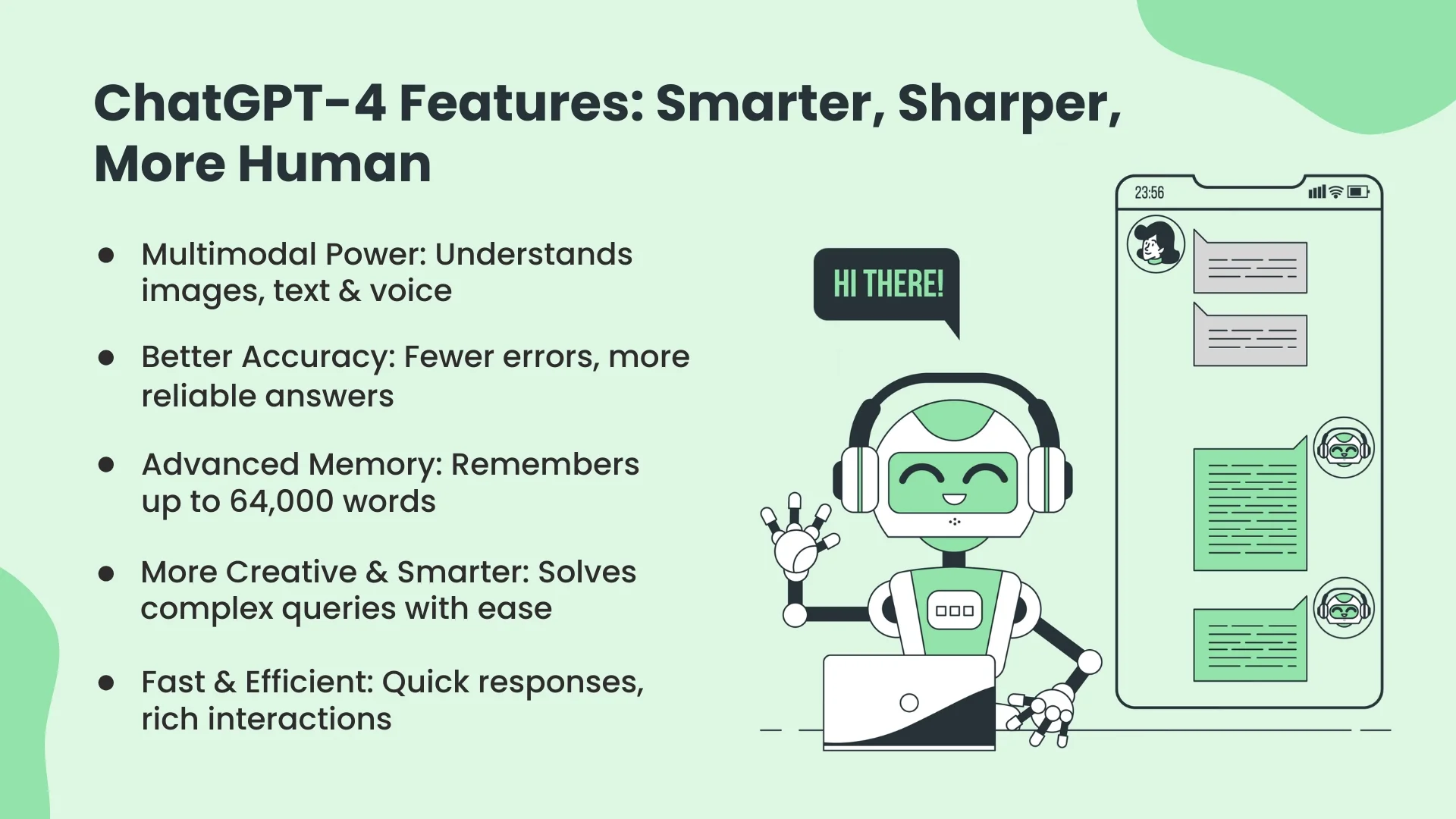
ChatGPT-4 has several features that differentiate it from ChatGPT-3.5. These are better language understanding, improved problem solving, more creativity, ability to handle complex questions and more factual accuracy.
The following sections will go into the most notable features: multimodal capabilities, accuracy and reliability and short-term memory.
Multimodal Capabilities
One of the biggest features of ChatGPT-4 is its multimodal capabilities. Unlike GPT-3.5 which can only process text, ChatGPT-4 can interpret and describe images. It can process and produce results within a few seconds, showcasing its efficiency. This is shown in various applications like suggesting recipes from a picture of ingredients, and practical use cases. The performance across tasks enables ChatGPT-4 to process text, images and even voice inputs, making it more usable.
This multimodal ability means users can input more and get more personalized responses.
For example, uploading an image of a historical event can prompt ChatGPT-4 to provide more information about that event, making the interaction more rich and informative.
The combination of text and image processing is a big jump from the previous model.
Accuracy and Reliability
The accuracy and reliability of the responses have improved a lot in ChatGPT-4.
This model has 100 trillion parameters which is a big jump from the previous model and enables better natural language understanding and accurate responses.
Compared to ChatGPT-3.5 ChatGPT-4 produces more accurate output and less misinformation.
Users can now use ChatGPT-4 for more critical and sensitive tasks as its better language understanding means more accurate responses even for complex topics.
The reduction of ‘hallucinations’ (where the model generates incorrect or nonsensical information) makes ChatGPT-4 a more reliable tool.
Short-Term Memory
ChatGPT-4 has a big improvement in short-term memory compared to the previous version. With 64,000 words of memory capacity, ChatGPT-4 can retain context over longer conversations and can accommodate more tokens than the 8,000 words of GPT-3.5.
This means users can have longer and more coherent conversations without losing previous context.
The longer context retention enables ChatGPT-4 to handle longer conversations and provide more personalized responses. Whether writing a personalized greeting card, telling a bedtime story, or discussing a complex historical event, ChatGPT-4’s short-term memory ensures the conversation is smooth and contextually accurate.
ChatGPT-4 Use Cases

The use cases of ChatGPT-4 are many and diverse, showing its use across different industries. ChatGPT-4 can perform various tasks, including translating languages, showcasing its versatility. From customer service to real-time assistance in accessibility apps, ChatGPT-4 is making conversational AI more mainstream.
The following sections will show specific use cases in accessibility, finance and language learning.
Accessibility with Be My Eyes
The Danish app Be My Eyes uses ChatGPT-4 to assist people with low vision or blindness through its Virtual Volunteer service. Using GPT-4’s capabilities the app provides real-time and accurate assistance, making the user experience much better. This includes helping users navigate their surroundings, recognize objects and perform daily tasks with more independence.
The integration of ChatGPT-4 in Be My Eyes shows how generative AI can be used to create meaningful and impactful solutions. The app’s ability to provide timely and accurate assistance makes it a great example of how AI can make accessibility and be a source of inspiration.
Financial Insights at Morgan Stanley
Morgan Stanley uses ChatGPT-4 to power a virtual agent to interact with clients. The virtual agent provides insights on investment strategies and financial products and makes the advisory process more streamlined and personalized.
The use of ChatGPT-4 in financial services shows how it can transform industries by providing professional input and client experience. This integration not only simplifies the process but also gives clients a more engaging and informative experience.
Language Practice with Duolingo: Personalized Response
Duolingo has integrated ChatGPT-4 to offer conversational practice for language learners. Features like Explain My Answer and Roleplay powered by ChatGPT-4 let learners have realistic conversations and get detailed explanation of their answers. This interactive way of learning helps learners to improve their language skills better.
Duolingo makes user engagement and learning better by adapting to the learner’s level and providing personalized feedback. The integration of ChatGPT-4 in Duolingo’s platform shows how AI can make language learning fun and innovative.
How to Get ChatGPT-4

Getting ChatGPT-4 is easy, there are multiple ways to access it. Whether through a subscription service or other platforms, getting started with ChatGPT-4 is simpler than ever.
The following sections will show the main ways to access, including the ChatGPT Plus subscription and other platforms like Quora’s Poe and Microsoft’s Bing.
ChatGPT Plus Subscription
The ChatGPT Plus subscription is $20/month and gives users more access to ChatGPT-4. This subscription includes faster response times and priority access during peak hours. To subscribe users need to create a free OpenAI account and then opt for the Plus subscription.
This way users can use ChatGPT-4 to the fullest, making it a great investment for those who use AI for various tasks, from writing marketing copy to finding birthday gift ideas and using a generative pre trained transformer.
Other
Before: In addition to ChatGPT Plus subscription, users can access GPT-4 through other platforms like Quora’s Poe and Microsoft’s Bing. Quora’s Poe platform provides a single interface for interacting with GPT-4 and other AI models. Perplexity.ai is another platform using GPT-4 for search experiences, but limits interactions to a quota.
After: In addition to ChatGPT Plus subscription:
-
Quora’s Poe, which provides a single interface for GPT-4 and other AI models
-
Microsoft’s Bing
-
Perplexity.ai, which uses GPT-4 for search experiences, but limits interactions to a quota
These platforms give users flexibility in how they interact with GPT-4, for different needs and preferences. These platforms serve both developers who need professional input and casual users who want instant answers, multiple access points to GPT-4’s power.
Pricing

GPT-4 is way more expensive than GPT-3.5. For example, to use GPT-4 with 8K context it’s $0.06 for completion and $0.03 for prompt per 1,000 tokens. GPT-3.5-turbo is $0.002 per 1,000 tokens for both prompt and completion. So GPT-4 can be up to 22.5 times more expensive than GPT-3.5-turbo.
GPT-4’s advanced features and performance justifies the cost for many users. Whether you’re writing a business plan or studying for the Uniform Bar Exam, the value of GPT-4’s accuracy and context retention will make a big difference.
Future Integrations
ChatGPT will be integrated with social media apps, video conferencing tools and digital entertainment platforms. These integrations will enable user interaction and experience across multiple digital environments, making AI more present in our daily lives.
ChatGPT Plus subscribers will get current features and early access to new ones as they roll out. This continuous improvement and growth will keep ChatGPT at the edge of AI.
Ethics in AI Deployment
Deploying AI like ChatGPT requires ethical considerations and risks. OpenAI has worked to reduce biases in GPT-4 based on feedback from real-world usage of GPT -3.5. Ensuring AI systems are fair and bias-free is key to preventing discrimination based on race, gender or socioeconomic status.
Putting safety measures and human oversight in place is key to aligning AI with human values and regulations. Building trust with users through transparency and accountability is essential for ethical AI deployment. By taking responsibility for AI’s impact, organizations can put users first and practice responsible AI.
Common hype regarding ChatGPT
1. ChatGPT gets Human Emotions
-
Myth: ChatGPT can really get emotions.
-
Reality: While ChatGPT can generate responses that sound emotional or empathetic, it doesn’t actually get emotions. It recognizes patterns and uses the right words based on what it’s given but doesn’t have consciousness or feelings.
2. ChatGPT Thinks Like a Human
-
Myth: ChatGPT has human-like thinking and consciousness.
-
Reality: ChatGPT doesn’t “think” or “reason” like a human. It generates responses based on patterns in the data it was trained on, without any real-world understanding. It doesn’t have beliefs, intentions or self-awareness.
3. ChatGPT is Always Right
-
Myth: Since it’s AI, ChatGPT always gives you accurate and factual information.
-
Reality: ChatGPT can be wrong and sometimes gives factually incorrect or nonsensical responses. It doesn’t verify the facts in real time and can give you false information with confidence.
4. AI like ChatGPT will Replace All Jobs
-
Myth: AI will replace humans in most jobs and lead to mass unemployment.
-
Reality: While AI can automate some tasks, it will change jobs rather than eliminate them entirely. AI will augment human work, so people can focus on more complex and creative tasks. New jobs will emerge around AI management, ethics and development.
5. ChatGPT has access to real-time data and the internet
-
Myth: ChatGPT can search the internet for the latest information.
-
Reality: ChatGPT doesn’t have real-time access to the internet or external databases. It generates responses based on the data it was trained on up until its knowledge cutoff date (e.g. September 2021 or a later cutoff for newer models). However, in some specific versions, plugins or web-browsing capabilities may be available to extend functionality, but the base model doesn’t have this access.
6. ChatGPT has personal opinions
-
Myth: ChatGPT has its own opinions and can judge.
-
Reality: ChatGPT doesn’t have personal opinions or judgments. Its responses are neutral and based on the data it was trained on. Any “opinion” it gives is a reflection of the information or tone in the prompt or training data, not its own belief.
7. ChatGPT is a security threat
-
Myth: ChatGPT is inherently evil and can hack systems or be used maliciously on its own.
-
Reality: ChatGPT can generate information or assist in tasks that could be used maliciously (like phishing emails), but it doesn’t autonomously do bad things. The ethical risks of AI misuse come from how humans use the tool, not the tool itself.
8. ChatGPT is infallible in specialized knowledge
-
Myth: ChatGPT can replace human experts in fields like law, medicine or finance.
-
Reality: While ChatGPT can give you useful information or assistance in many fields, it lacks the depth of expertise required for complex decision-making in fields like law, medicine and finance. It should be used as a tool to assist, not replace, professionals in these fields.
9. ChatGPT can learn and improve from conversations
-
Myth: ChatGPT gets better the more you talk to it, learning from individual conversations in real-time.
-
Reality: ChatGPT doesn’t learn from individual conversations with users. Each conversation is independent and ChatGPT doesn’t remember previous conversations unless designed to do so in specific instances, like with customized deployments.
10. AI is a sentient threat
-
Myth: ChatGPT and other AI are going to become sentient and will rise up against humans.
-
Reality: ChatGPT is a machine-learning model and is not on the path to consciousness. It generates responses based on patterns in data and has no self-awareness, desires or goals.
These myths come from misunderstandings of how AI works or science fiction portrayals of AI. In reality, ChatGPT is a powerful tool but has limitations and must be used with an understanding of those limitations.
Conclusion
In summary, GPT-3.5 to GPT-4 is a big leap in AI. With multimodal capabilities, improved accuracy and reliability and better short term memory, ChatGPT-4 is a powerful tool for many use cases. From accessibility and finance to language learning, ChatGPT-4 is making a big impact across many industries.
Looking forward, the continuous growth and ethical deployment of AI like ChatGPT will shape how we interact with digital environments. By doing so responsibly we can unlock the full power of AI to make our lives better and solve complex problems.
FAQs
What’s new in ChatGPT-4 for input types: Newest Model Improvements?
ChatGPT-4 has multimodal capability. It can respond to visual and audio inputs along with text. This improves the interaction experience by supporting multiple types of information.
How does ChatGPT-4 compare to ChatGPT-3.5 for the Uniform Bar Exam?
ChatGPT-4 beats ChatGPT-3.5 on Uniform Bar Exam, 90th percentile vs 10th percentile. This is a big jump in the new model.
What’s the short-term memory of ChatGPT-4 compared to ChatGPT -3.5?
ChatGPT-4 has 64,000 words of short-term memory vs ChatGPT-3.5’s 8,000 words. This means ChatGPT-4 can hold context for longer conversations.
How does ChatGPT-4 compare to ChatGPT-3.5 in terms of accuracy and reliability?
ChatGPT-4 is more accurate and has fewer hallucinations than ChatGPT-3.5.
What are the ethical considerations for deploying AI like ChatGPT?
The ethical considerations for deploying AI like ChatGPT are that organizations need to consider the risks and implications, and responsible and ethical AI practices are key. So ethical standards in AI usage is important for trust and accountability.



